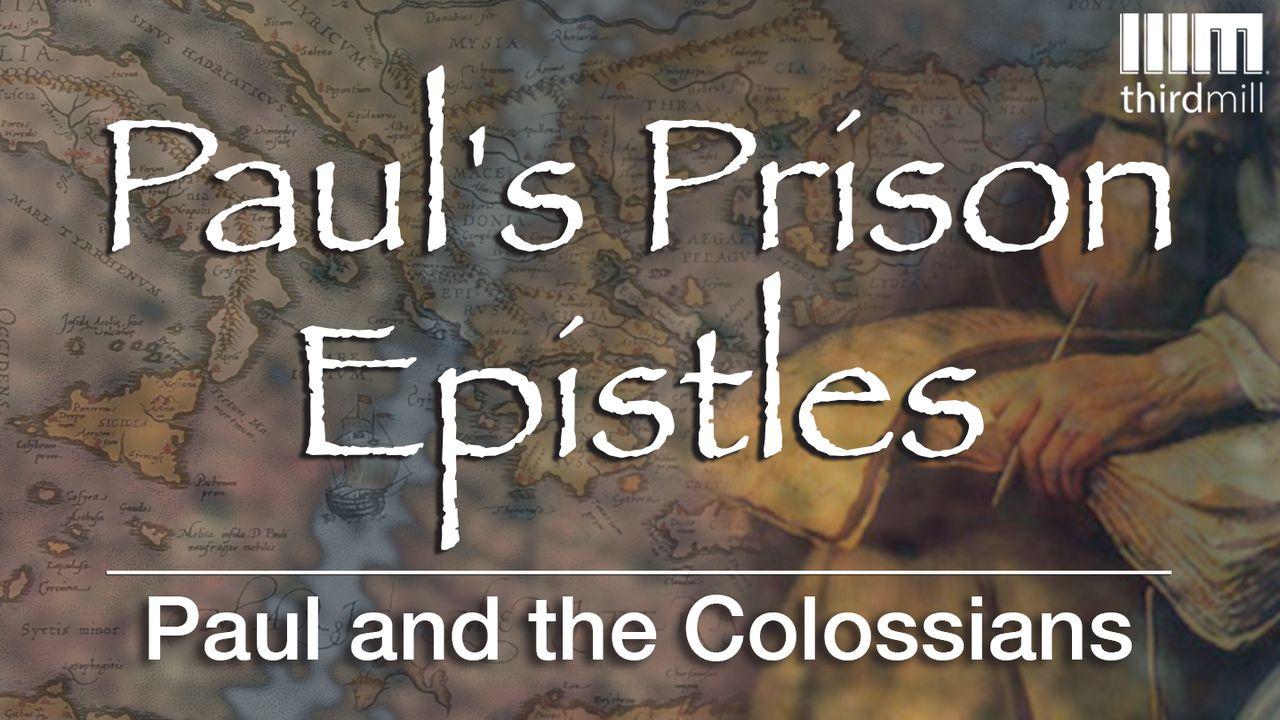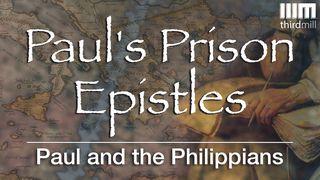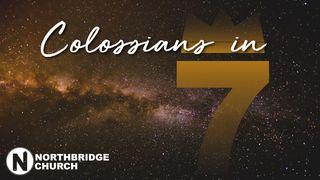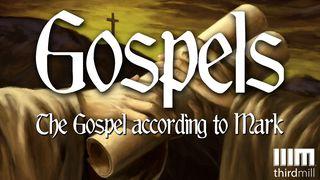Paul's Prison Epistles: Paul And The ColossiansSample

Supremacy of Christ: Colossians 1:15-20
False teachers were trying to persuade the Colossian church to worship cosmic, spiritual powers. And they were encouraging an ascetic lifestyle, thinking that such harsh living would placate the spiritual powers and reap some benefit from these false gods. So, Paul began to refute these heresies by showing that Christ is supreme over all other so-called gods.
Paul insisted that Christ is the king of all creation and that he possess all perfections and authority. On the other hand, Paul taught that the basic principles of the world are incapable of delivering the blessings of salvation and are unworthy of reverence.
Paul listed many important aspects of the supremacy of Christ in Colossians 1:15-20, and most of these details contrast with the false teachings in Colosse. Among the details Paul outlined here, he spoke of Christ as the image of God in Colossians 1:15, the firstborn over all creation also in Colossians 1:15, the agent of creation in Colossians 1:16, the supreme Lord in Colossians 1:18, God incarnate in Colossians 1:19, and the only reconciler in Colossians 1:20.
Paul began by saying that Christ is the image of the invisible God. This description placed Christ in stark contrast to the gods of the false teachers. Consider how Paul described Jesus in Colossians 1:15-16:
He is the image of the invisible God, the firstborn over all creation… all things were created by him and for him (Colossians 1:15-16).
Although the Scriptures speak many times of all human beings as the image of God, here Paul had in mind something that was unique about Jesus, something associated with his power and authority over creation. He had in mind the way the false teachers in Colosse used the expression “image of God” as they borrowed it from Greek philosophy.
In at least some Greek philosophies of Paul’s day, the universe itself was thought to be God’s image, meaning that it was the greatest revelation of God and that one could obtain knowledge and wisdom through its revelation. We find references to this idea in writings as old as Plato’s Timaeus, which is from the fourth century B.C., as well as in Gnostic writings about the god Thrice Great Hermes that come from the second and third century A.D.
So, whereas the false teachers looked to the planets and elements as the image of God, Paul pointed to Christ as the image of God. He adopted this Greek philosophical meaning of the term “image of God” in order to show that Christ, and not the demons worshiped by the false teachers, was the ultimate revelation of God, the one to whom believers should look for greater wisdom and knowledge of God.
Scripture
About this Plan

This plan examines Paul's response to the teachings that introduced the veneration of lesser spiritual beings into Christian worship.
More
We would like to thank Third Millennium Ministries for providing this plan. For more information, please visit:
http://thirdmill.org
Related Plans

Paul's Prison Epistles: Paul And The Philippians

Colossians In 7

The Gospel According To Mark

14 Days of Breakthrough

Following Christ-Rediscovering the Jewish Faith of Jesus

Power at Sunrise: 30 Days of Reconstructing Your Life With the Word

Finding Hope in a Challenging Season

21 Days After City Week

Confessions (S4-E2)
